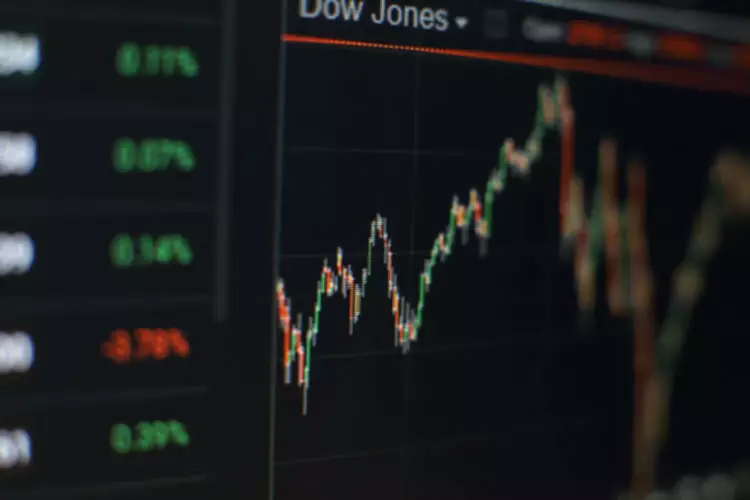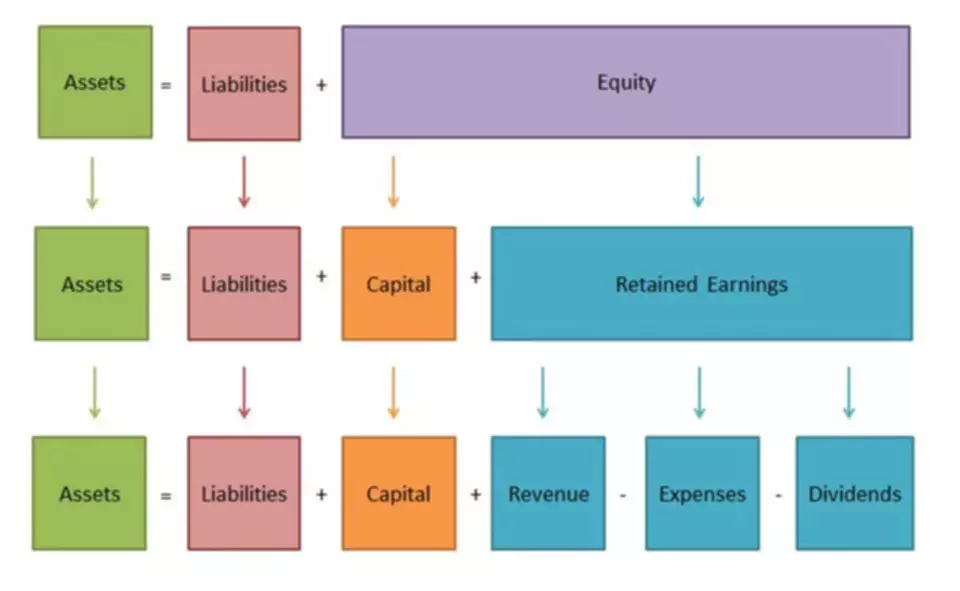Content
In the world of public accounting, the term “attest” is generally regarded as that of asserting to, affirming to, and expressing an opinion on specific subject matter. In recent times, many cloud providers are currently undergoing a SOC 1 report which is specifically intended on controls over financial reporting. The services provided by a cloud provider do not have a direct impact on financials or financial reporting.
Specifically, the CPA must identify the topic or statement that is being evaluated and describe the nature of the engagement. When describing the nature of the engagement, the CPA should address the procedures that were performed as well as the standards applied to the engagement. A good SOC report should give stakeholders the information they need to make informed decisions about an organization’s security posture. With so many types of SOC reports out there, it can be tough to decide which one is right for your organization. But armed with this knowledge, you should be able to make a decision that best fits your needs. Your decisions should also factor in the size, function, and age of your organization, with SOC 1 being an entry-level for those who don’t deal in large swathes of customer data and SOC 2 being a comprehensive investigation into the trustworthiness of a company.
How to Make the Shift to the New SOC 1 Audit?
You can learn more about AT 101 SOC 2 by visiting the official SOC Report Guide, a comprehensive website dedicated to the AICPA Service Organization Control (SOC) reporting framework. In short, SOC 2 and SOC 3 reports are to be issued under the AT Section 101 attest standard, while SOC 1 reports are to utilize the https://www.bookstime.com/ SSAE 18 attest standard. The Five9 Cloud Security Office is helping our industry drive towards more effective safeguards against data breaches and loss. Team members possess advanced degrees in computer science and related fields and receive continuing education and training on emerging threats and defenses.
- STAR Attestation provides for rigorous third party independent assessments of cloud providers.
- Responses received to the points above may lead the practitioner to consider not accepting the engagement.
- The SOC 2 report evaluates a business’s non-financial reporting controls relating to security, availability, processing integrity, confidentiality, and privacy of a system.
- In the 1990s, Statement on Auditing Standards (SAS) 70 was the original auditing standard that had the original purpose of reporting on the effectiveness of internal control over financial issues.
- Such businesses include those that provide SaaS and other cloud services while also using the cloud to store each respective, engaged client’s information.
For example, if you are a client of ours who is doing business in Europe, you may have been issued an ISAE instead of an SSAE. The same goes for clients doing business in Canada, you may have been issued a CSAE. The Auditing Standards https://www.bookstime.com/certified-public-accountant Board (ASB) is converging standards in order to unify them with international standards. A big reason behind this change is so that regardless of which region of the world you’re in, the standards are accepted and unified.
Professional Assistance Preparing for Your Next SOC 2 Audit
A SOC 2 report is an engagement performed under the AT section 101 and is based on the existing Trust Services Principles, Criteria and Illustrations (SysTrust and WebTrust). This report will have the same options as the SSAE 16 report where a service organization can decide to go under a Type I or Type II audit. However, unlike the SSAE 16 audit that is based on internal controls over financial reporting the purpose of a SOC 2 report is to evaluate an organization’s information systems relevant to security, availability, processing integrity, confidentiality or privacy. Organizations asked to provide an SSAE 16, but do not have an impact on their client’s financial reporting should select this reporting option.
Our SOC 2 Type 2 attestation offers customers one of the highest forms of assurance available in the marketplace today. The next thing service organizations should do in preparation for the new SOC 1 audit standard is to begin vendor compliance management. When it comes to managing your vendors, you must ask yourself what those risks are that your vendors pose to your organization and the services you rely on them to provide.
Cloud Security & Data Protection
A Type 2 SOC 1 report provides the auditors’ opinion as to the accuracy and completeness, the suitability of the design of controls, AND the operating effectiveness of the controls throughout a declared time period, generally between six months and one year. Additionally, SOC 2 reports are conducted in accordance with AT 101, a professional standard that provides general guidance on attest engagements performed by practitioners (i.e., certified public accountants). Many organizations that don’t have a clear relationship or nexus to internal controls related to financial reporting (a concept known as ICFR), should consider undertaking a SOC 2 assessment, or possibly even a SOC 3 assessment. This seems to be a question that many people are asking these days and for good reason. AT Section 101 has become increasingly relevant for reporting on controls at service organizations due to the advent of the AICPA Service Organization Control (SOC) reporting framework, which consists of SOC 1, SOC 2, and SOC 3 reports. Initially, the SOC 2 reporting option did not generate much interest from service organizations and service auditors alike, but this is quickly changing as interested parties are finding real value in SOC 2 reports.
CSA STAR Attestation is a collaboration between CSA and the AICPA to provide guidelines for CPAs to conduct SOC 2 engagements using criteria from the AICPA (Trust Service Principles, AT 101) and the CSA Cloud Controls Matrix. STAR Attestation provides for rigorous third party independent assessments of cloud providers. Please check our listing among top 15 global auditors on Cloud Security Alliance website. There may be some instances where a cloud provider may impact financial reporting for a customer, especially if the cloud provider has any responsibilities with processing customer transactions. In this case, a cloud provider could receive both a SOC 1 (SSAE-18) or SOC 2 (AT 101) report to address the needs of their customers. As a widely recognized exam, the SOC 2 examination indicates that a service organization has been through an evaluation of their control activities as they relate to the applicable Trust Services Principles and Criteria.
SOCs and SASs: The New Standards for Service Organization Controls Reporting
Even though change can be challenging, this update known as SSAE 18, is helping to simplify and converge attestation standards to unify with international standards. In the 1990s, Statement on Auditing Standards (SAS) 70 was the original auditing standard that had the original purpose of reporting on the effectiveness of internal control over financial issues. However, as technology became an increasingly important issue, SAS 70 was adjusted to become the basic metric to prove that a vendor’s system was safe and secure. Policies and procedures should cover security, availability, processing integrity, confidentiality and privacy of data stored in the cloud.
The SOC audit has undergone a number of changes over the years to make sure it best addresses the needs of user and service organizations. The AICPA continually monitors the changing technologies, third-party practices, and other factors that impact data security. A compliance report from a reputable cyber security auditor such as Prescient Security & Prescient Assurance will help you distinguish your company against your competition. Keep in mind that your clients do look up the audit firm to make sure the report came from a cyber security expert. A Type 1 report presents the auditors opinion as to the accuracy and completeness of the system description as well as the design of the controls. A Type 2 report includes all aspects of a Type 1 report and also includes a description of the tests performed by the service auditor and the results of those tests.
SOC 2 Audits: What They Are & How to Stay Compliant
Depending on which SOC report you choose, you will also need to determine which Trust Service Categories to include. Each of the above SOC auditing frameworks is available in two types, both of which aim to provide different reports. The main difference between the two types of reports is where and when data is examined. System and organizational controls (SOC) reports enable organizations to ensure that providers operate ethically and legally when handling data.
A SOC 2 audit plays an important role in regulatory oversight, as well as internal risk management processes and corporate governance. It provides client companies assurance about the security of data which is outside of their facilities and to which their service organizations have access. The two engagements that we encounter the most are AT-C sec. 205 (SOC 1, SOC 2, HITRUST, CSA) and AT-C sec. 320 (SOC 1). AT-C sec. 205 is applicable for independent subject matter that has been published that an independent auditor can use to attest to the fact that the client is complying with the controls in CSA or HITRUST. AT-C sec. 320 deals specifically with reporting on internal control over financial reporting.
Requirements for a direct examination are based on AT-C section 205, Assertion-Based Examination Engagements. AT-C Section 206 would be relied upon in those cases where the requirement in AT-C section 205 cannot be applied as written because of the nature of a direct examination engagement. In this case, the applicable portions of AT-C section 206 would replace the related requirements in AT-C section 205. Practitioners should be following the concepts stated in AT-C Section 205 for direct examination engagements unless differences in the engagement cause the practitioners to need to adhere to concepts stated in AT-C Section 206.
In a world where data is becoming increasingly valuable to companies and cybercriminals alike, ensuring that providers operate ethically and legally when handling that data is more important than ever. Credibility and trustworthiness are integral to operations, assuring any data collected and stored from customers and partners is secure, confidential, and available upon request. The CSA is a not-for-profit, vendor-neutral organization with a mission to promote the use of best practices for providing security assurance within cloud computing and to provide education on the uses of cloud computing to help secure all other forms of computing.
The new accounting standard provides greater transparency but requires wide-ranging data gathering. This SOC audit checklist can form the foundation of your preparations to enable your organization to plan for an audit. While each SOC report may require slightly different elements, the core requirements remain very similar.
Get Ready for the Future of Auditing – The CPA Journal
Get Ready for the Future of Auditing.
Posted: Fri, 31 Mar 2023 07:00:00 GMT [source]




